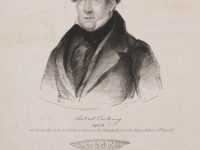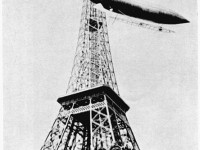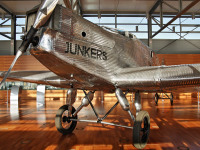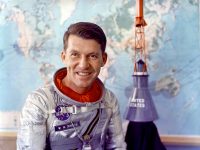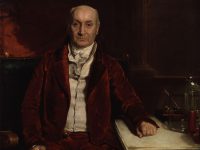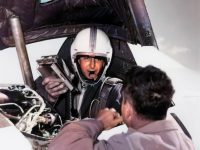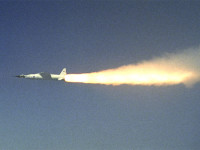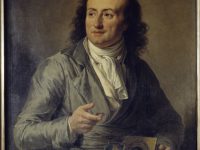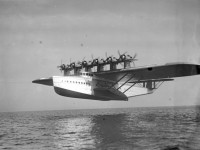Robert Cocking’s Parachuting Accident
On July 24, 1837, watercolour artist and amateur scientist Robert Cocking died in an early aviation accident. Cocking was the first person to be killed in a parachuting accident. Following Cocking’s accident parachuting became unpopular, and was confined to carnival and circus acts until the late 19th century when developments such as the harness and breakaway chutes made it safer. A Watercolor Artist with Enthusiasm for Science Robert Cocking as a watercolor artist…
Read more

